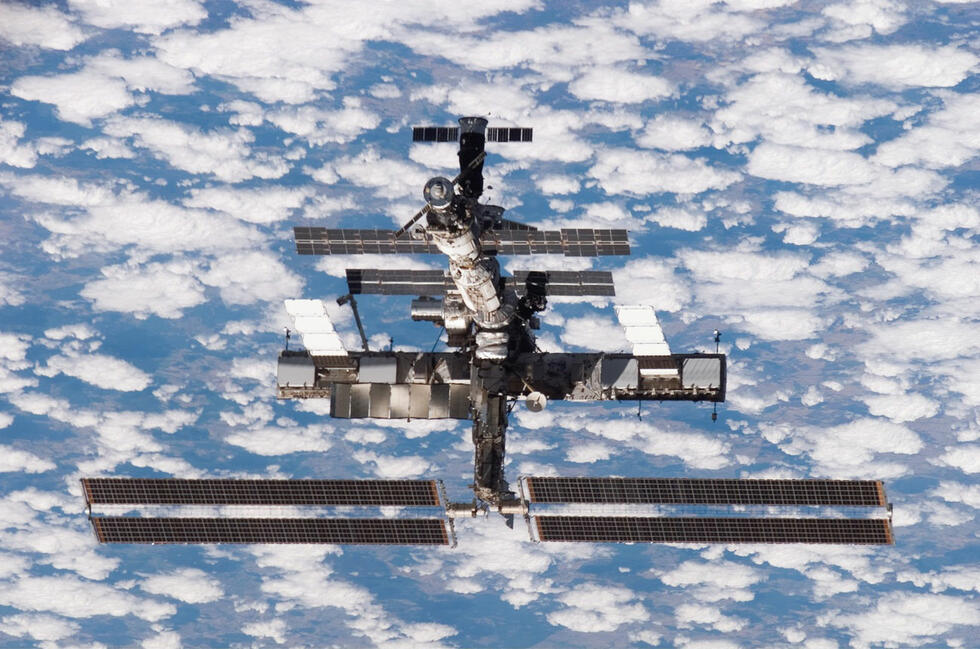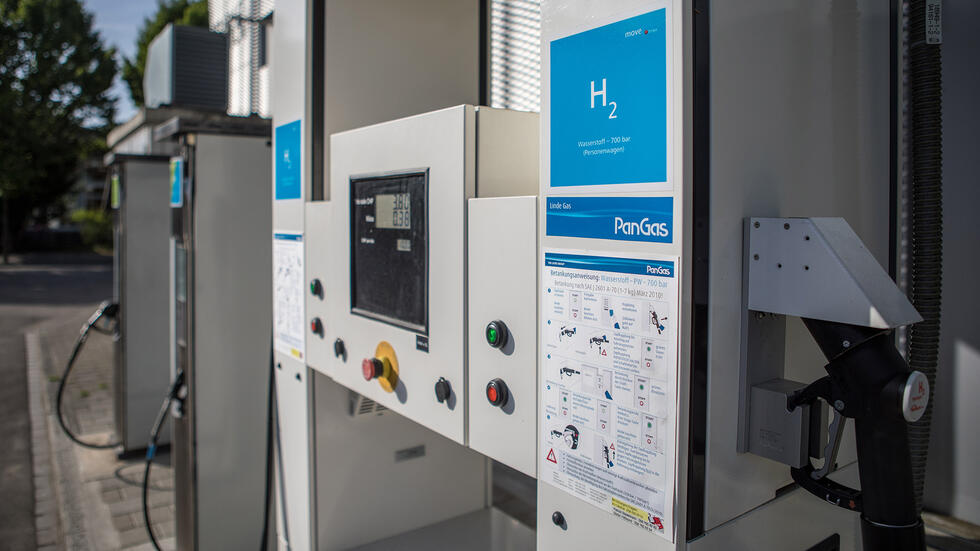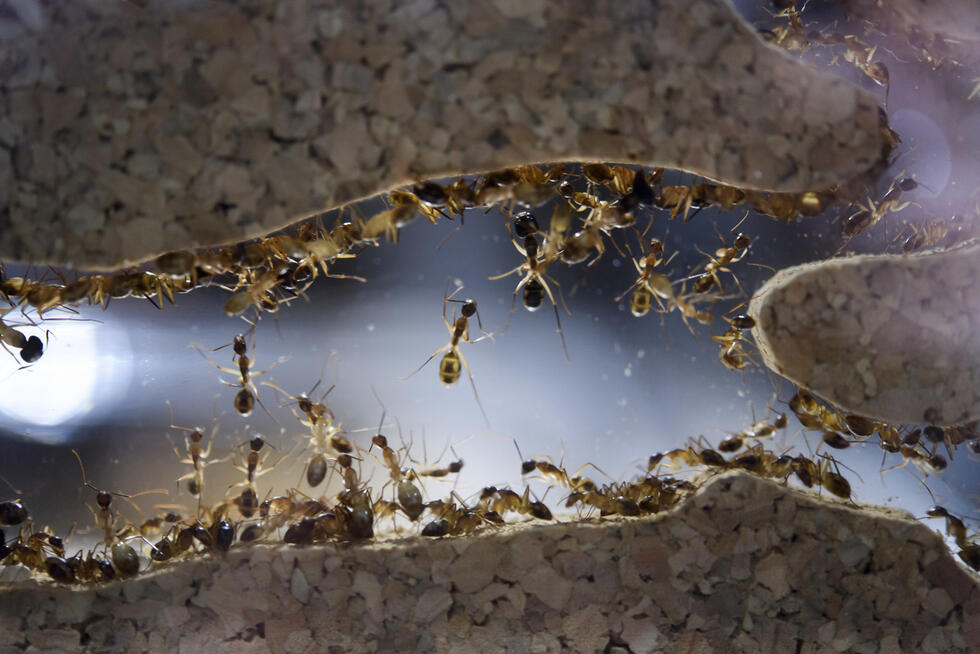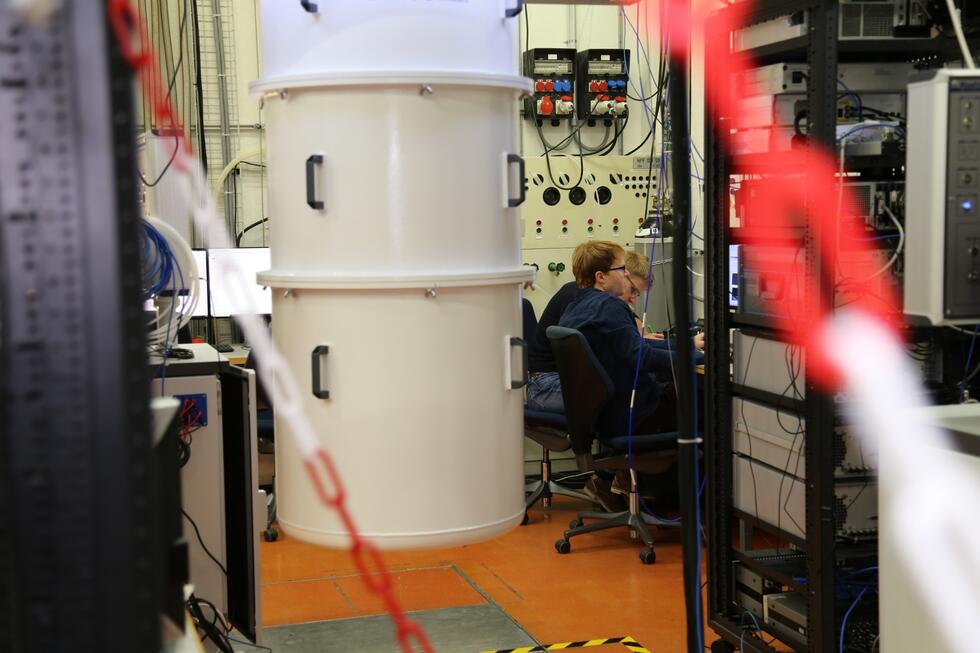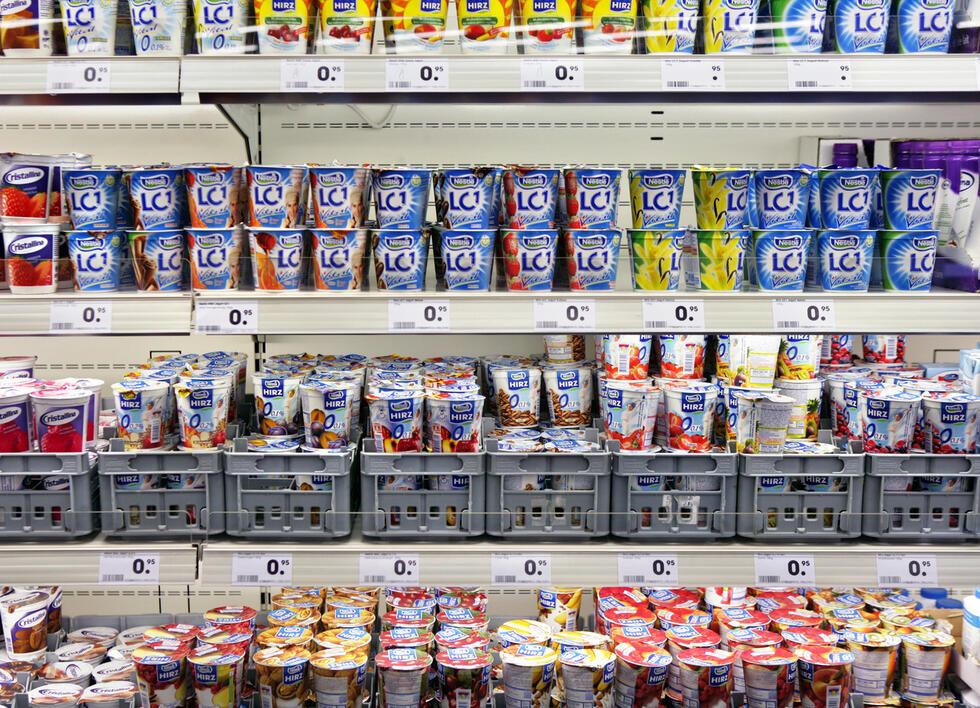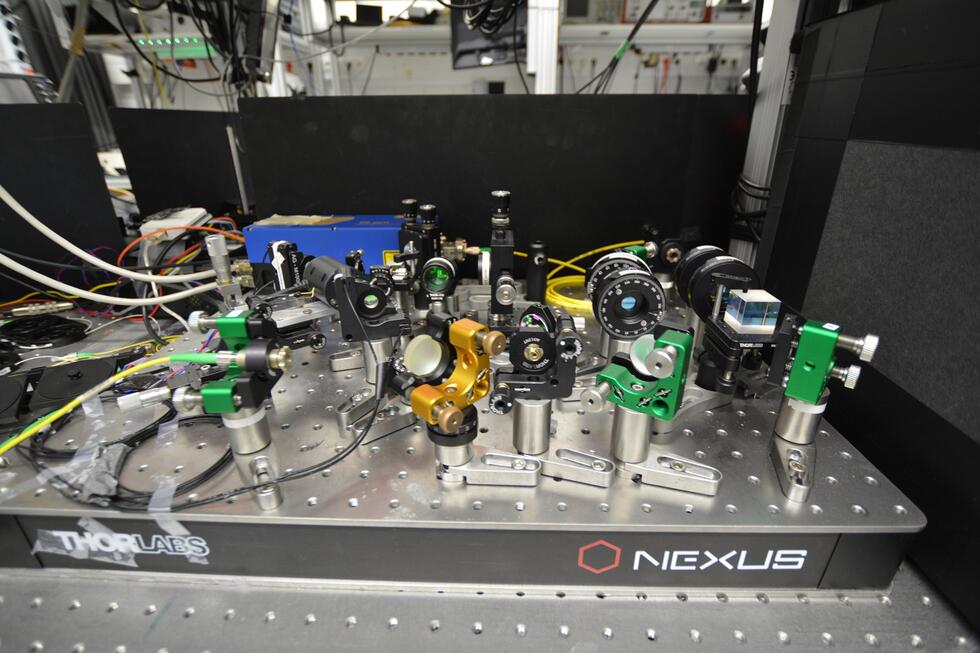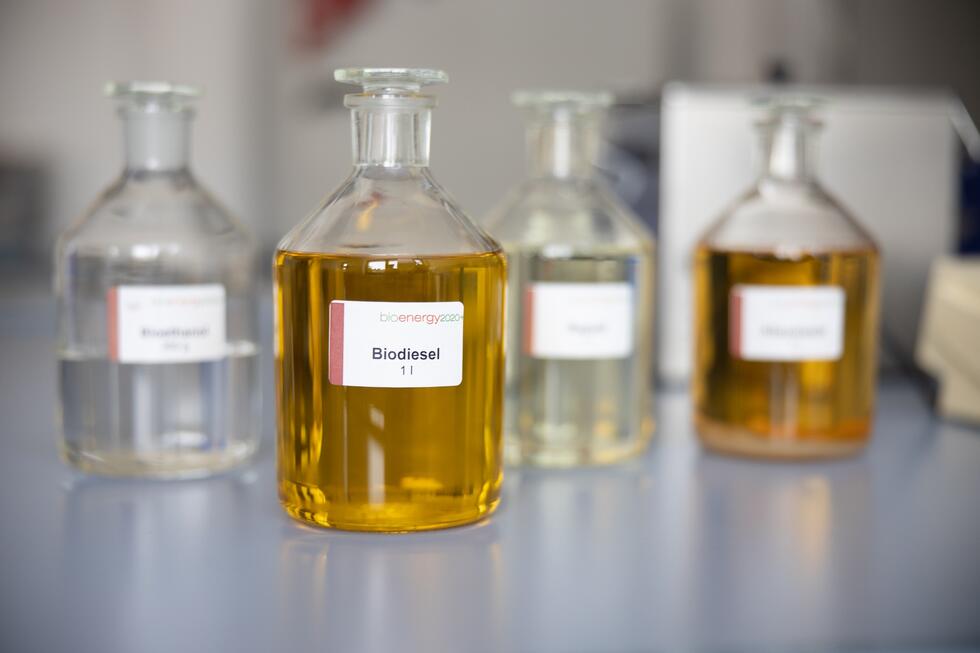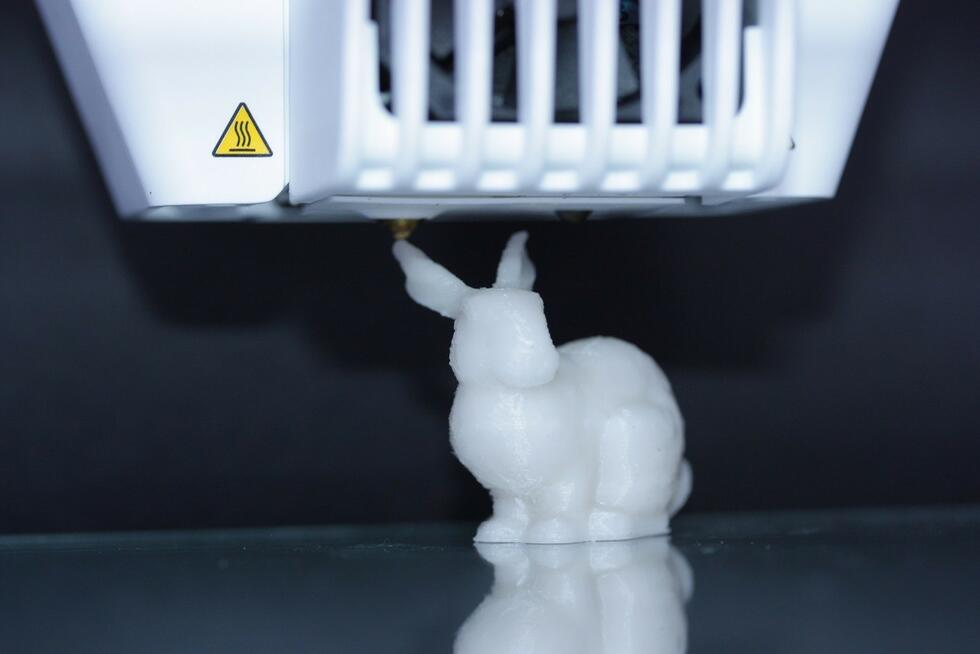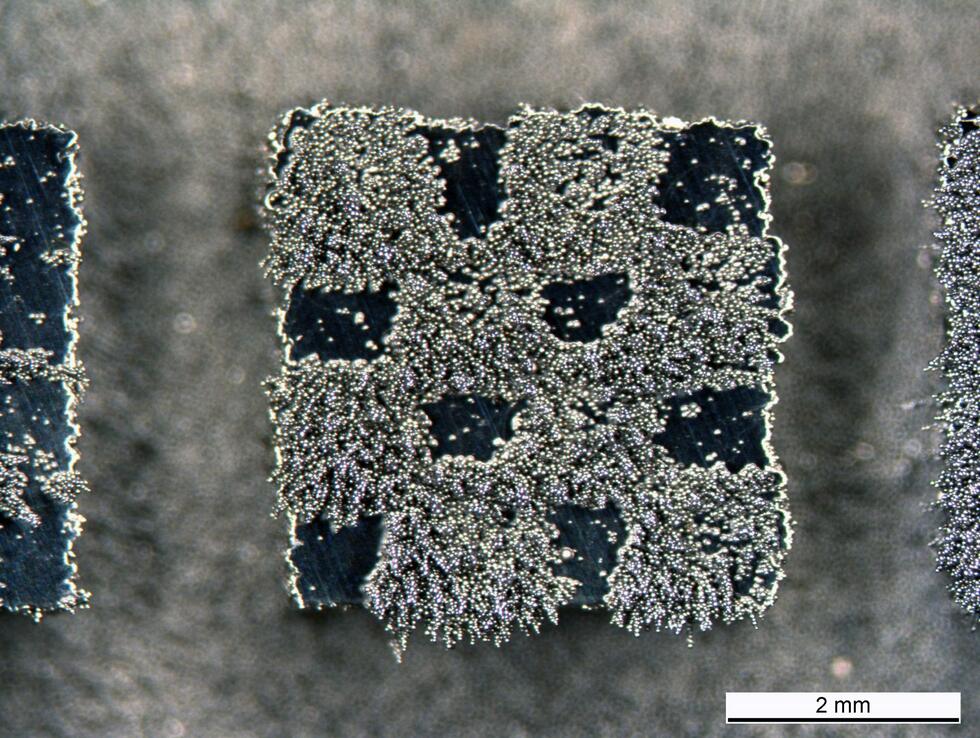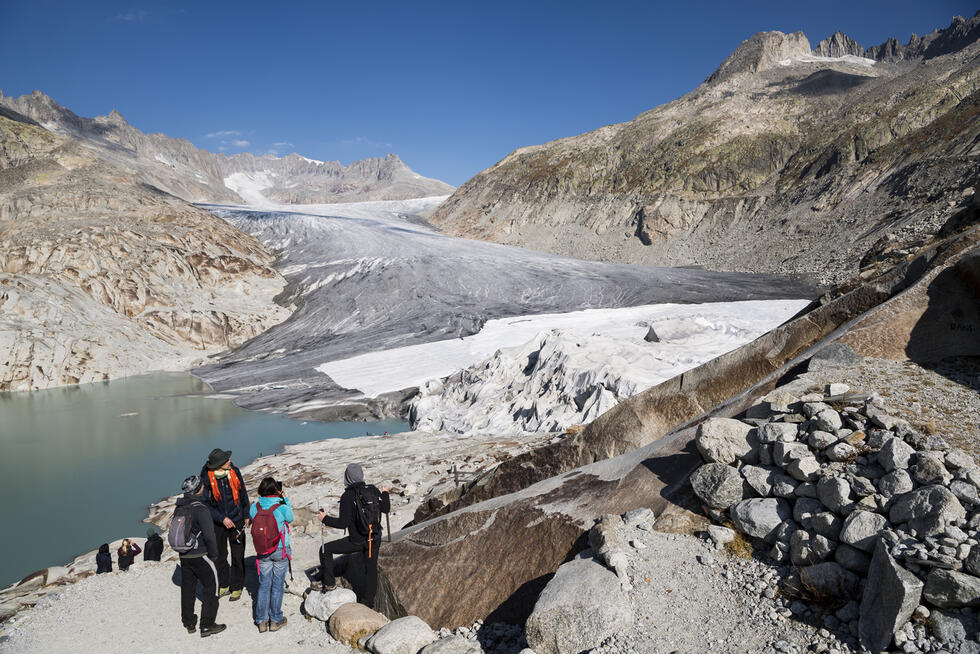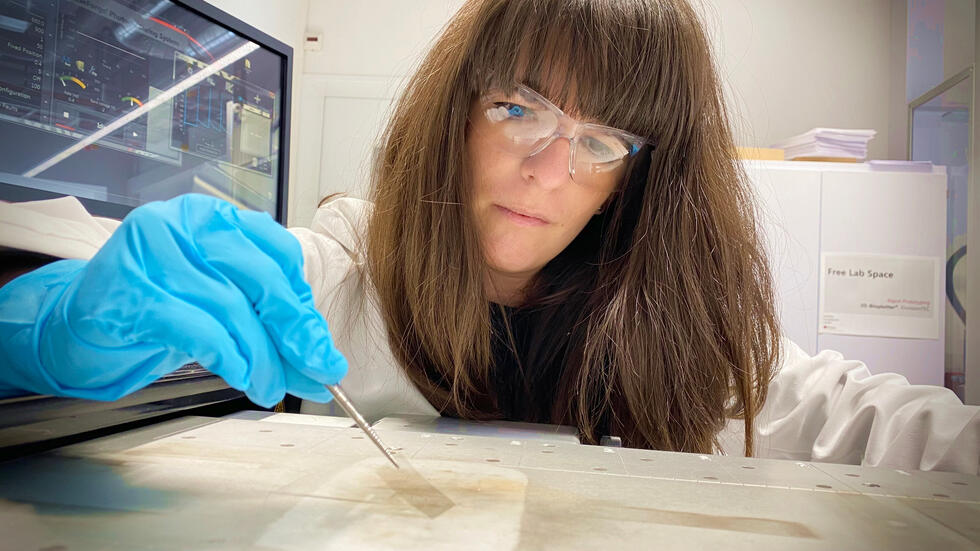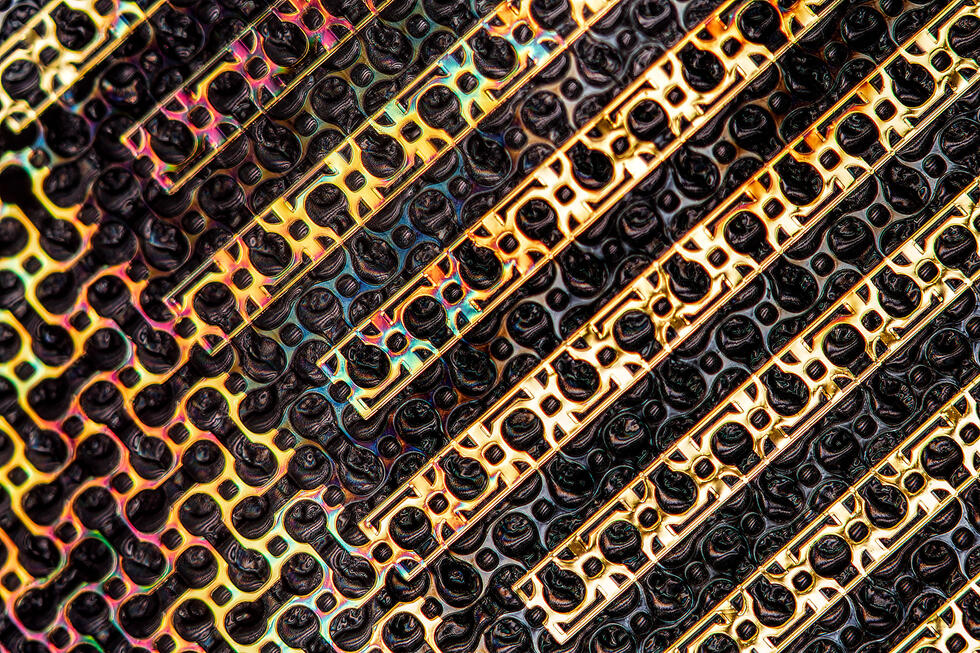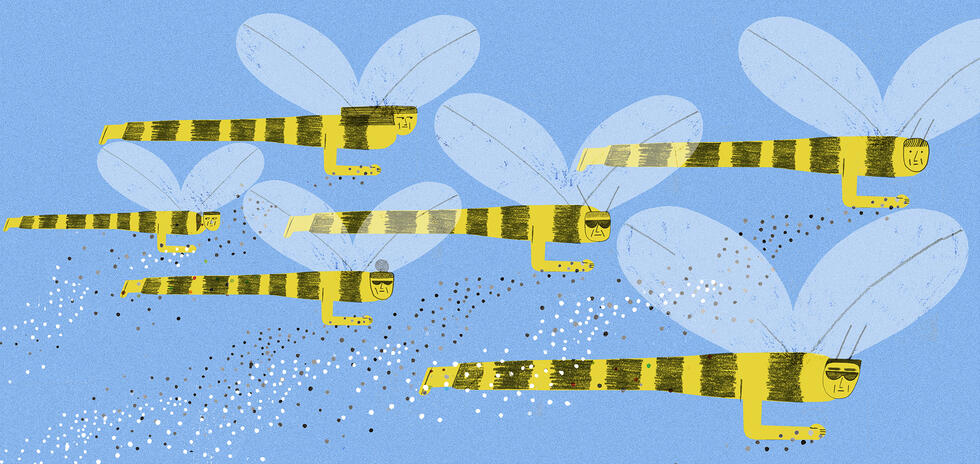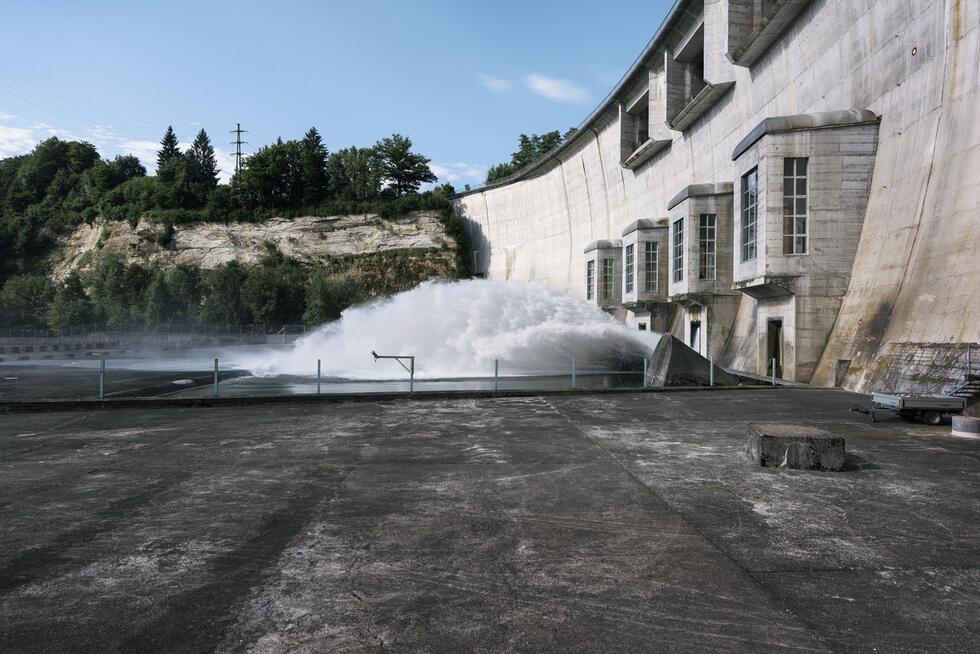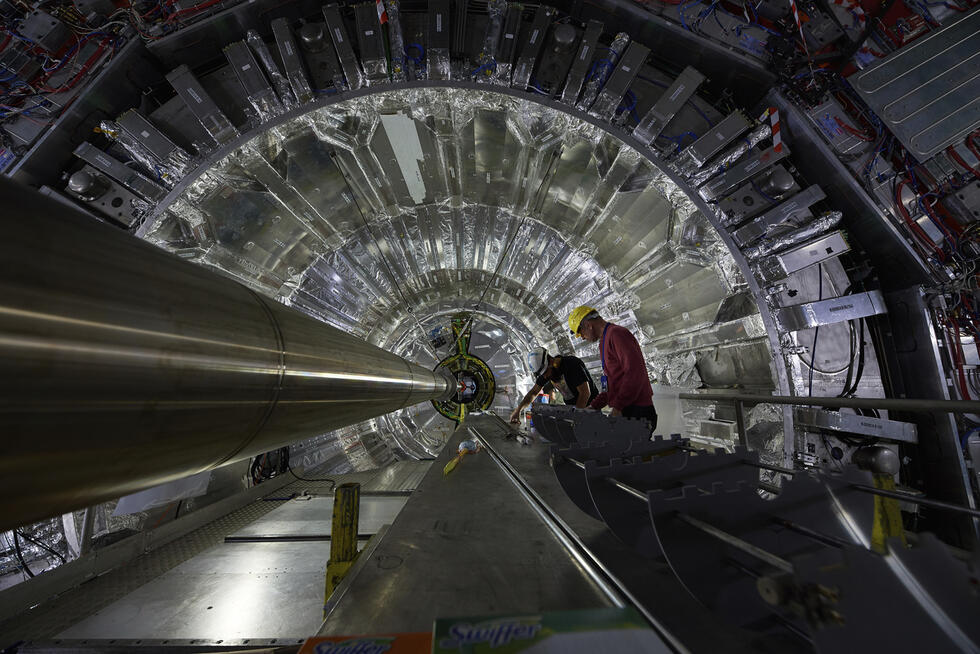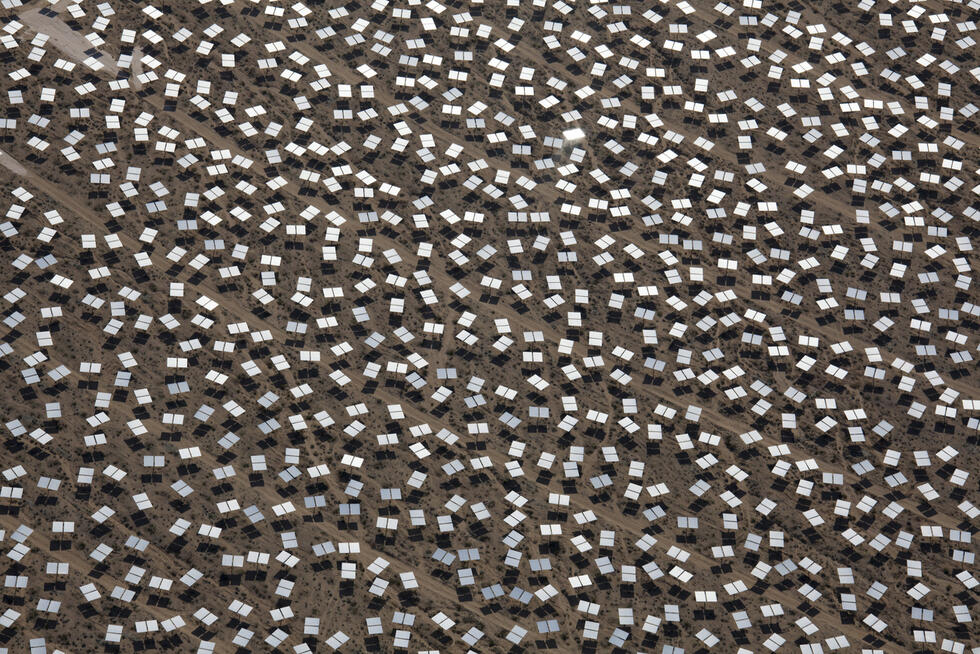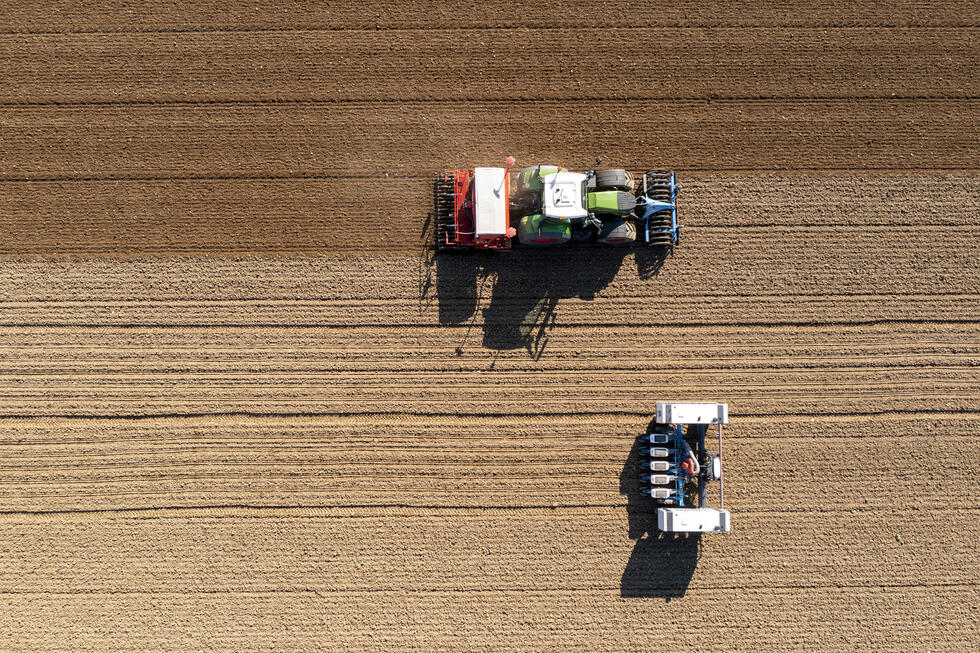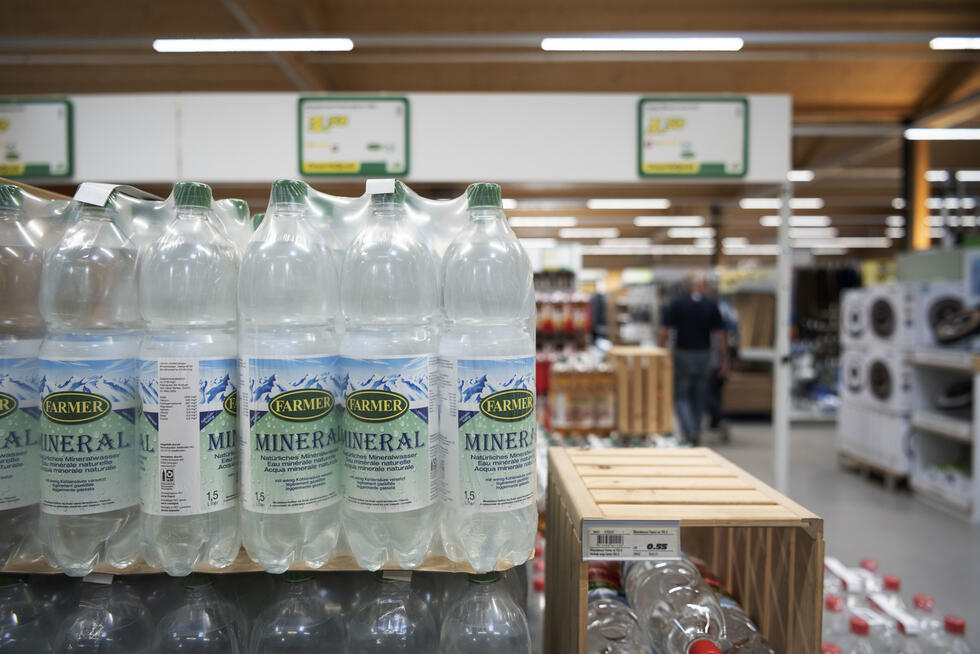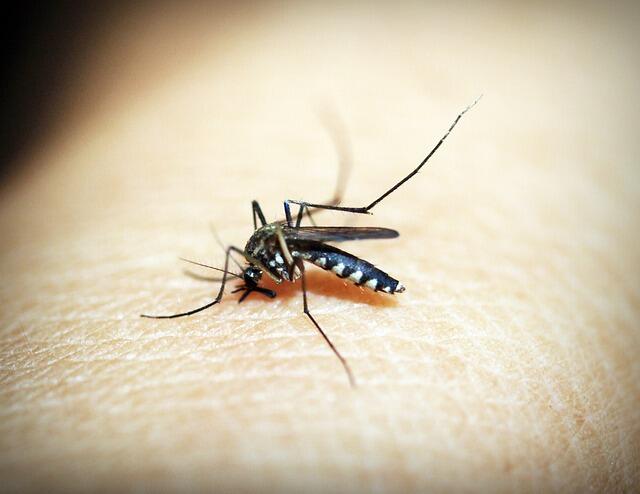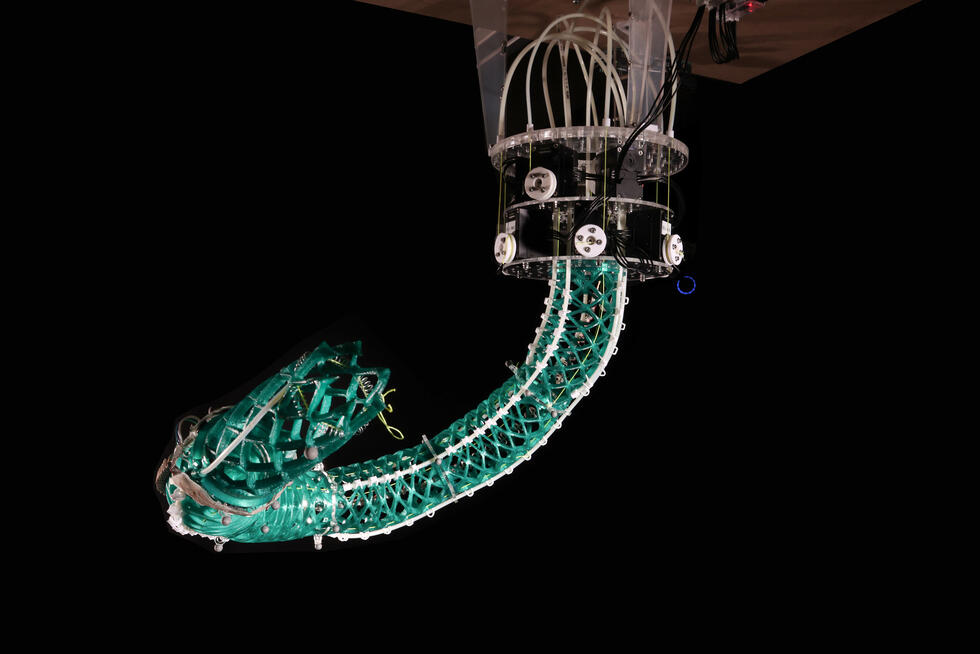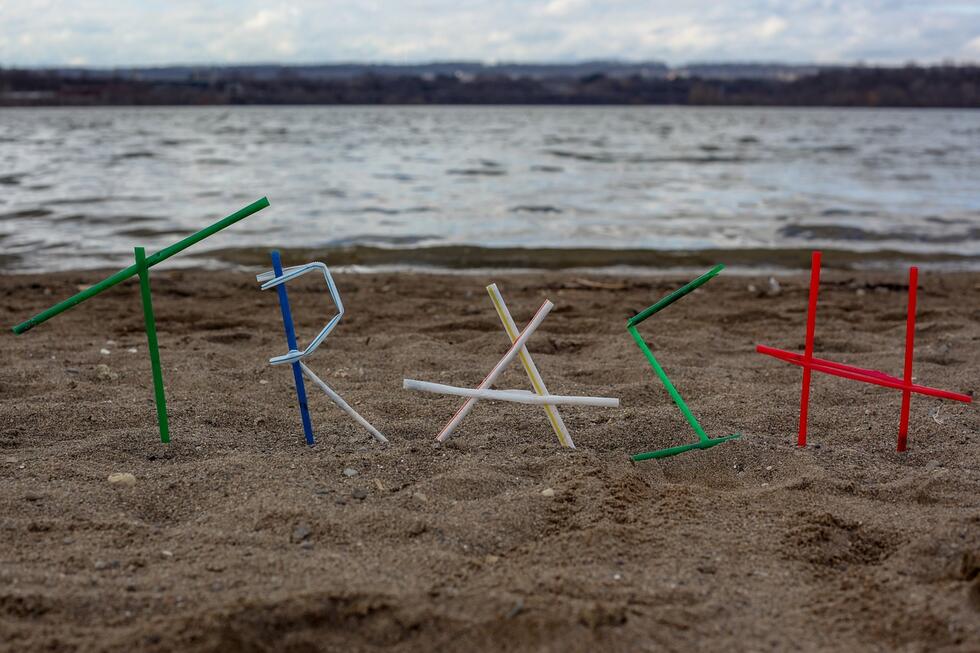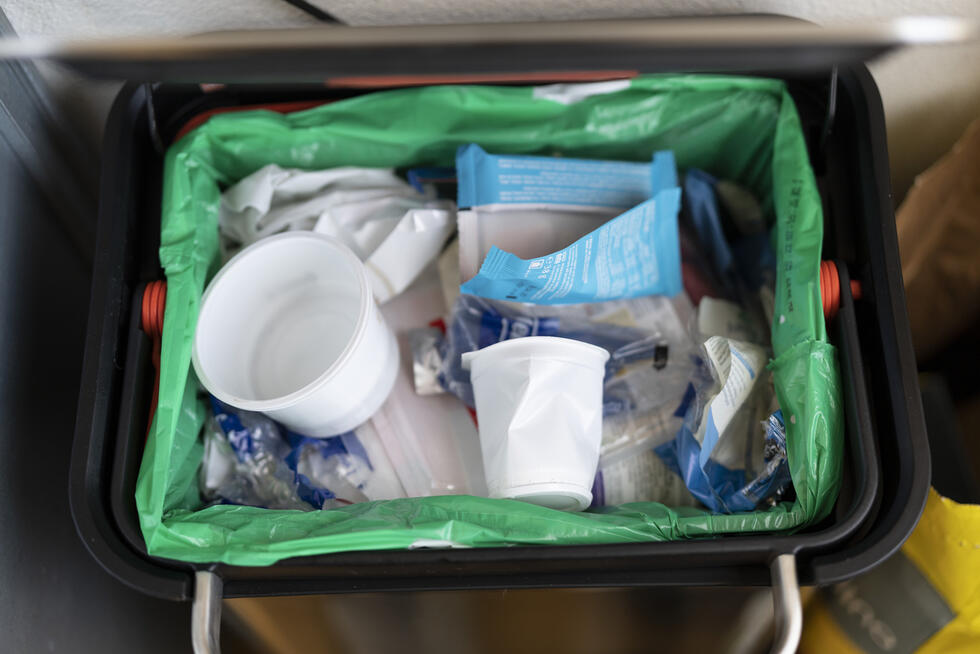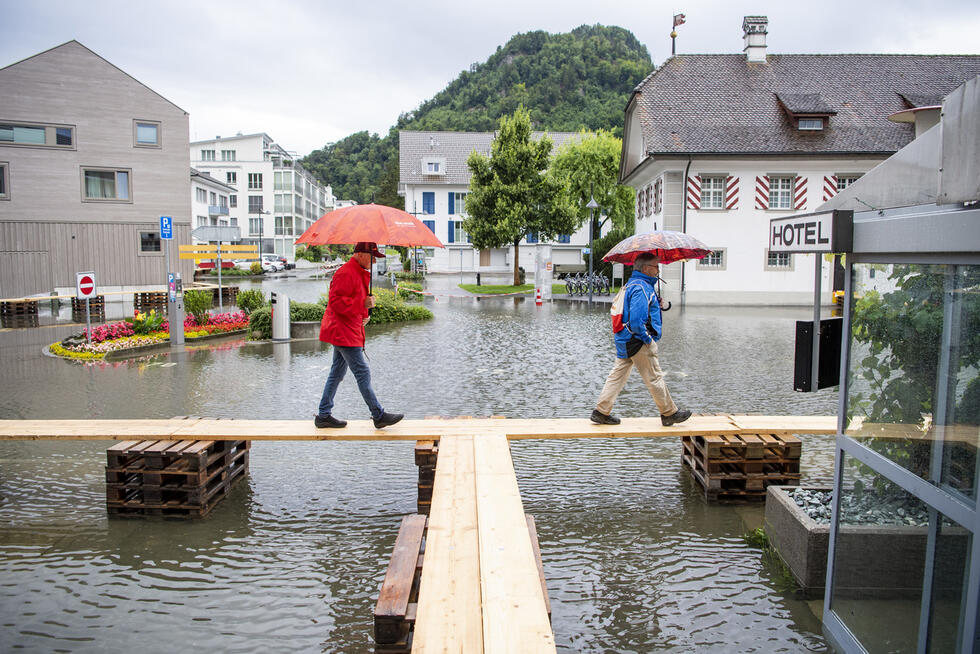SHORT NEWS
Netflix junkies are harming the environment
Not so long ago, a home movie night was always preceded by a visit to the video rental store. Nowadays, all it takes to stream movies and TV shows on our screens are a few mouse clicks. Streaming services are booming. But the convenience of streaming is harming the environment.

According to calculations performed by the French think tank “The Shift Project”, half an hour of streaming results in emissions equivalent to 1.6 kilograms of carbon dioxide – roughly the amount emitted during a four-mile car drive. Last year, the greenhouse gas emissions resulting from streaming around the globe equaled the entire greenhouse gas output of Spain. What is more, the think tank expects this amount to double over the next six years.
An increasing number of people are gaining access to the Internet. The streaming sector is growing – new services, such as Apple TV+, Disney+, or HBO Max are entering the market. And Netflix, one of the largest providers, is continuing its worldwide expansion. According to the company, its revenues from streaming subscriptions increased by 53 percent from 2017 to 2018.
34 percent of the global data traffic is attributable to the streaming videos from providers such as Netflix and Amazon Prime. Online pornography comes in at second place.
Growing energy consumption
“Digital videos result in huge data files, and with every new generation of higher-resolution videos, they are becoming even larger,” says Gary Cook from Greenpeace. TV screens are constantly increasing in size, and so are the corresponding screen resolution and data file sizes. Consequently, this also translates into growing energy consumption, Gary Cook explains.
According to the Natural Resources Defense Council, screens with 4K resolution consume around 30 percent more power than HD-quality displays. Last year, the first 8K monitors hit the market. A large part of the energy required for streaming is consumed by the servers where the video files are stored.
In order to guarantee fast streaming without freezing, “the systems are designed with excess capacities at all levels,” says Laurent Lefevre from the French Inria research institute. “Naturally, this also results in a waste of resources at all levels.”
The providers are mainly focusing on technical solutions to reduce their environmental impact – such as more climate-friendly cooling of data centers or encoding that reduces the data volumes. However, industry experts doubt that this will apply the brakes to the ever increasing environmental footprint of streaming. “Because technological progress is constantly creating new ways of using streaming,” explains Maxime Efoui-Hess from “The Shift Project”.
Disable the auto-play function
Greenpeace’s Gary Cook calls on consumers to pressure their streaming providers to operate their data centers using renewable energies. The researcher Laurent Lefevre appeals to each individual consumer to change their streaming behavior: The most detrimental option is to stream videos on a smartphone over the cellular network. It is more energy-efficient to watch videos in lower resolution over a Wi-Fi connection. And turning off “auto-play” also helps, because this function frequently leads to videos being played when the user isn’t even watching.
Climate-conscious streaming enthusiasts can use the “Carbonalyser”, a browser extension developed by “The Shift Project”, to calculate the CO₂ emissions caused by their Internet use and view the equivalent in miles driven by car.

